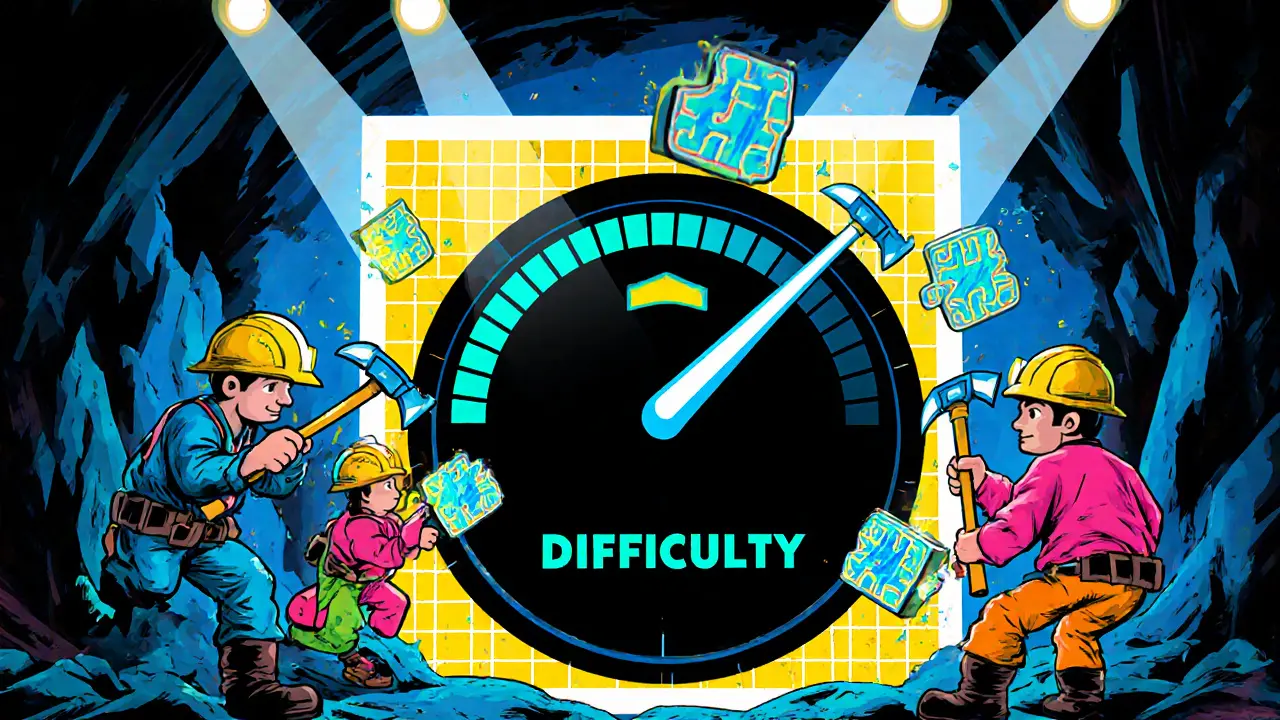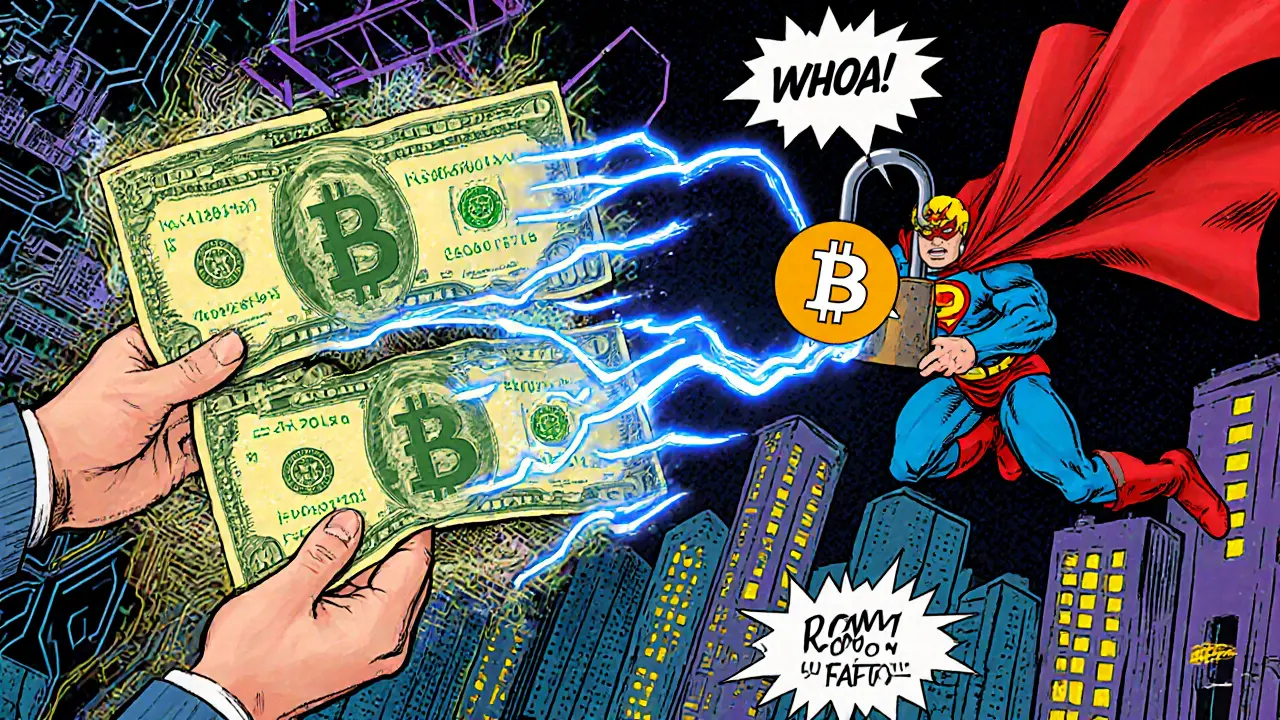Proof of Work (PoW) Explained – What It Is and Why It Matters
When talking about Proof of Work, a consensus mechanism that requires miners to solve cryptographic puzzles to add new blocks. Also known as PoW, it underpins many early cryptocurrencies and provides security by making it costly to rewrite history.
Proof of work lives inside a Blockchain, a distributed ledger where each block is linked to the previous one. To extend that ledger, participants engage in Mining, the process of using computer power to find a hash that meets the network’s difficulty target. The first miner to hit the target earns a block reward – the most famous example being Bitcoin, the pioneer PoW cryptocurrency that still secures over 150 EH/s of hash rate. Before its 2022 merge, Ethereum, the second‑largest smart‑contract platform, also relied on PoW, demonstrating how the model can support both simple value transfers and complex dApps.
Why Proof of Work Still Counts in 2025
Understanding proof of work helps you make sense of a range of topics you’ll see across the site. Tax authorities, for example, treat mined coins differently from bought‑and‑held assets – South Korea’s tax brackets and India’s capital‑gain rules both hinge on how you acquire the token. Market researchers also spot price premiums in underground crypto markets; regions that ban PoW coins often see higher spreads because miners can’t sell locally. On the enterprise side, Blockchain‑as‑a‑Service (BaaS) platforms sometimes offer private PoW chains to let companies experiment with mining‑style security without the public energy cost. All of these angles show that PoW isn’t just a technical curiosity – it shapes regulation, market dynamics, and business strategy. Below this intro you’ll find a curated collection of articles that break down tax implications, dive into BaaS adoption, analyze underground market premiums, and explore specific PoW projects. Each piece builds on the fundamentals outlined here, giving you practical insights you can apply right away.

Mining Difficulty Explained: How Blockchain Networks Keep Block Times Stable
Learn what mining difficulty is, how it keeps blockchain block times steady, why it matters for miners, users, and network security, and see a quick comparison across major coins.
October 19 2025
What Is a Nonce in Blockchain? Explained Simply
Learn what a nonce is, how it powers Bitcoin mining, its role in block headers, and why it matters for Proof of Work security.
June 11 2025
How Bitcoin Prevents Double-Spending: A Deep Dive
Learn how Bitcoin's blockchain, proof of work, and transaction model stop double‑spending, ensuring secure peer‑to‑peer payments without banks.
October 18 2024